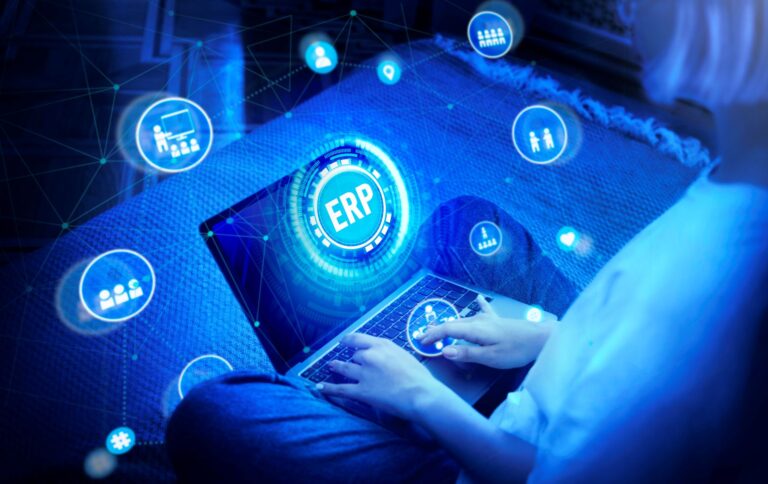ERP Trends 2025: What’s Shaping the Future of Enterprise Resource Planning
Introduction
ERP (Enterprise Resource Planning) systems have always been central to business operations. But today’s ERP is no longer just a tool for managing processes—it’s a strategic engine for growth, resilience, and competitive advantage. As we move through 2025, several key ERP trends are shaping the future of how businesses operate.
Let’s dive into the top ERP trends to watch in 2025.
✅ 1. AI-Powered ERP for Smarter Decisions
Artificial Intelligence (AI) and Machine Learning (ML) are now core features in modern ERP platforms. From automating repetitive tasks to providing predictive analytics, AI is making ERP smarter and more proactive.
Examples:
- Predictive demand forecasting
- AI-driven financial reporting
- Intelligent supply chain optimization
Why it matters:
Smarter workflows. Faster decisions. Improved efficiency.
✅ 2. Industry-Specific (Vertical) ERP Gains Traction
Organizations no longer want “one-size-fits-all” ERP. The shift is toward vertical ERP solutions that are tailored to specific industries.
Examples:
- Manufacturing: Real-time production analytics
- Healthcare: Integrated compliance tracking
- Retail: Omnichannel inventory visibility
Benefit:
Shorter implementation times and faster ROI.
✅ 3. Composable ERP: Build What You Need
Forget monolithic systems—Composable ERP allows companies to mix and match modules to fit their unique workflows.
Why it’s trending:
- Greater flexibility
- Reduced vendor lock-in
- Faster innovation cycles
✅ 4. Cloud-Native ERP Takes the Lead
Cloud ERP isn’t new—but the focus is shifting to cloud-native solutions, purpose-built for scalability, flexibility, and continuous updates.
Why businesses are choosing it:
- Lower upfront costs
- Anywhere, anytime access
- Ideal for hybrid work environments
✅ 5. IoT Integration: Real-Time Operational Insights
IoT (Internet of Things) is no longer separate from ERP. Real-time data from machines, vehicles, or devices can now seamlessly feed into ERP systems.
Use cases:
- Predictive maintenance
- Real-time logistics tracking
- Live production monitoring
✅ 6. User Experience (UX) Becomes a Priority
Clunky, hard-to-navigate ERP platforms are being replaced by modern, intuitive interfaces. The focus is on user-friendly dashboards, mobile accessibility, and personalization.
Why it matters:
Better adoption rates → More value from your ERP investment.
✅ 7. ERP for Sustainability and ESG Reporting
With growing global focus on sustainability, ERP systems are embedding tools to help businesses track, report, and improve ESG metrics.
Examples:
- Carbon footprint tracking
- Supplier sustainability audits
✅ 8. Built-In Cybersecurity: Trust by Design
With more data in the cloud, ERP cybersecurity is a critical priority.
Trending features:
- Built-in threat detection
- Zero Trust architecture
- Compliance with data privacy laws (GDPR, HIPAA)
🚀 Final Thoughts
ERP in 2025 is dynamic, intelligent, and industry-aware. Organizations that embrace these trends will not only streamline their operations but also position themselves as agile, resilient leaders in their industries.







